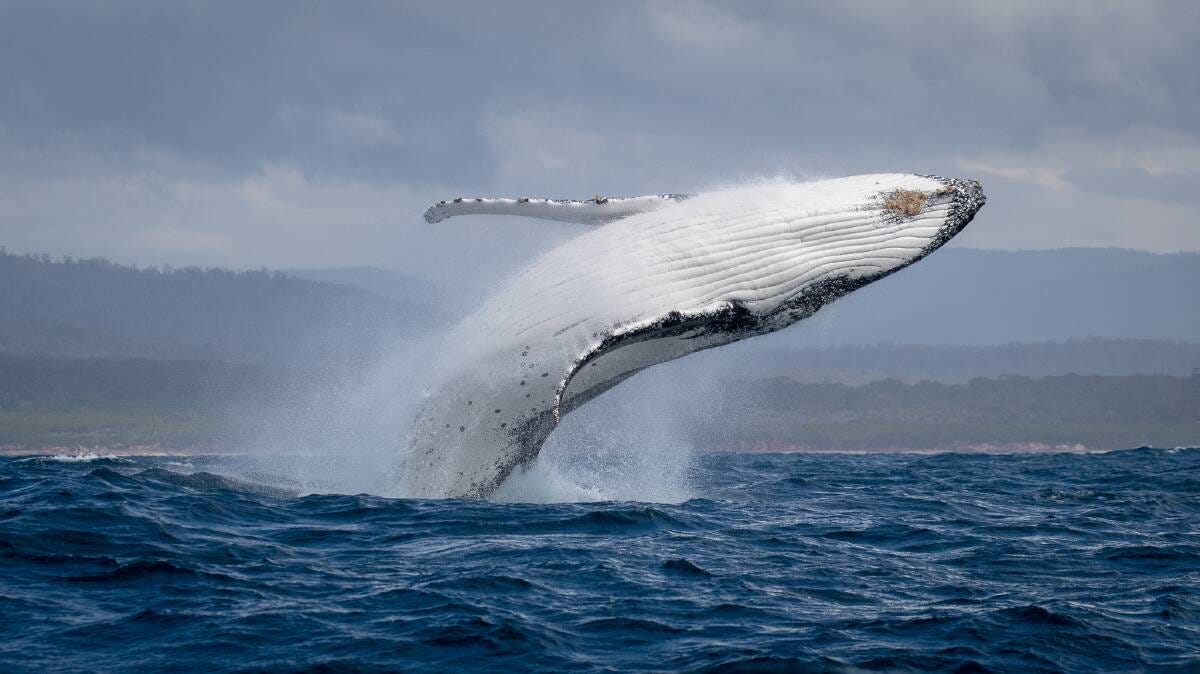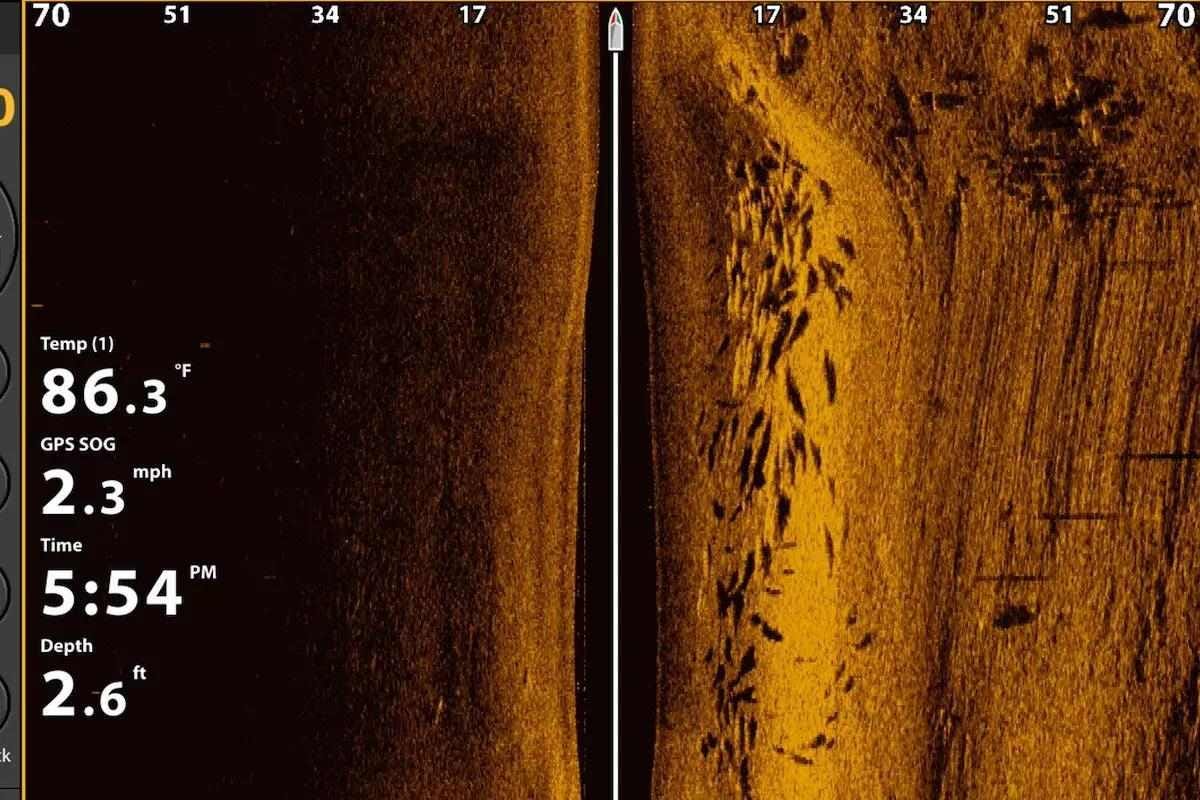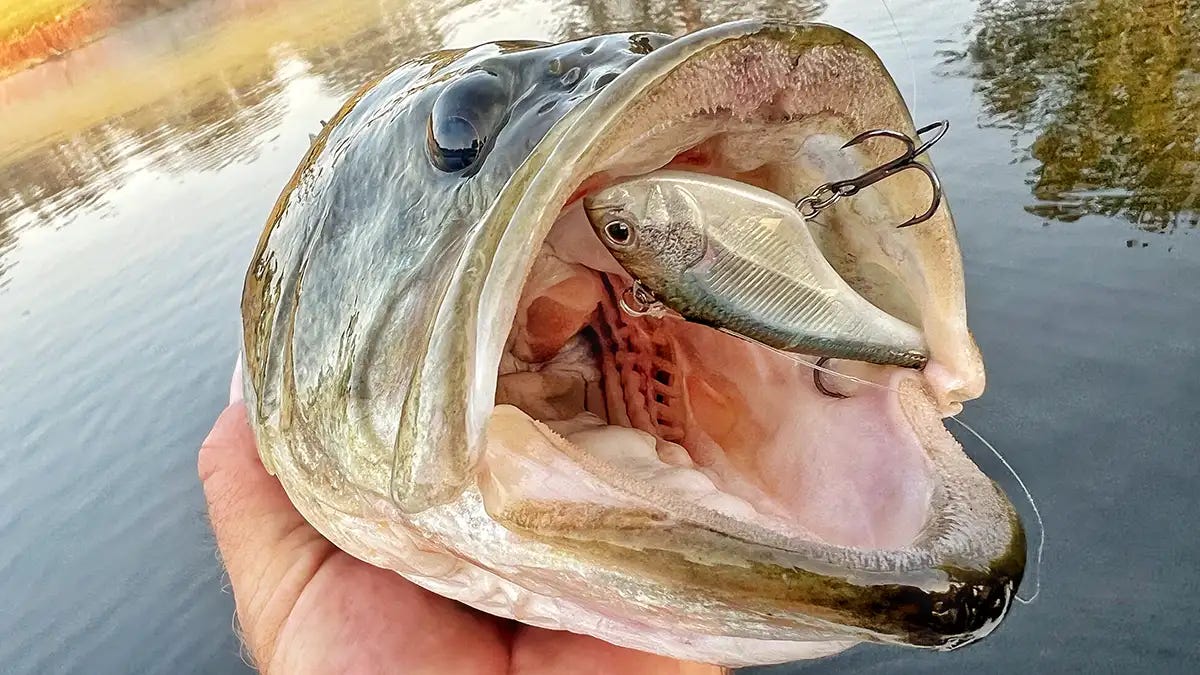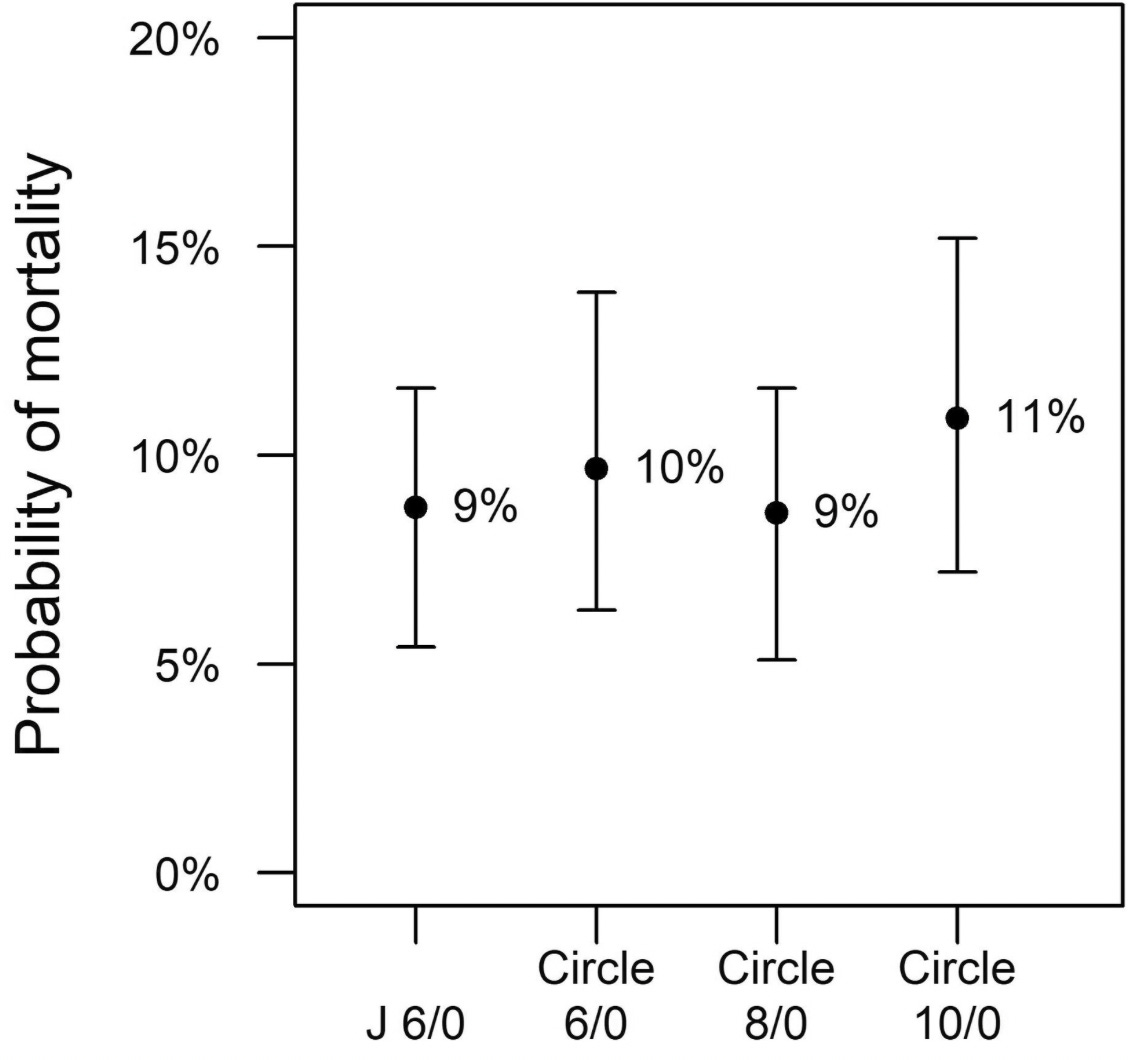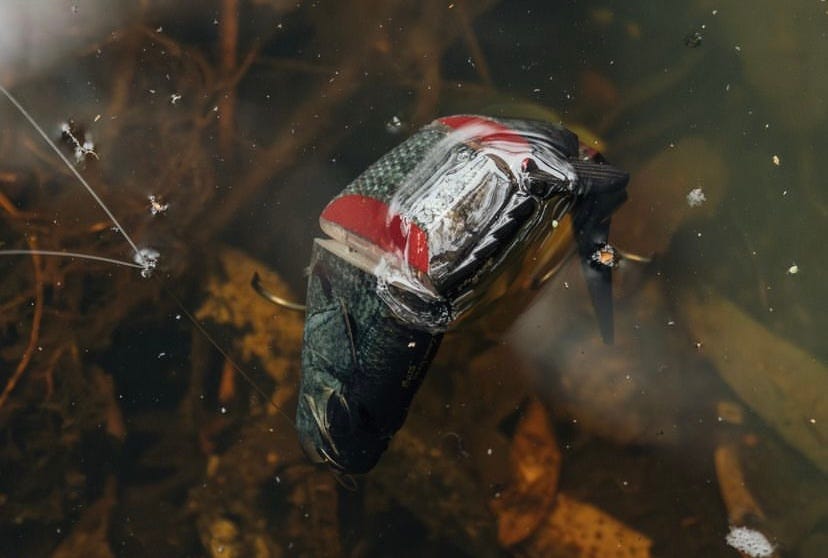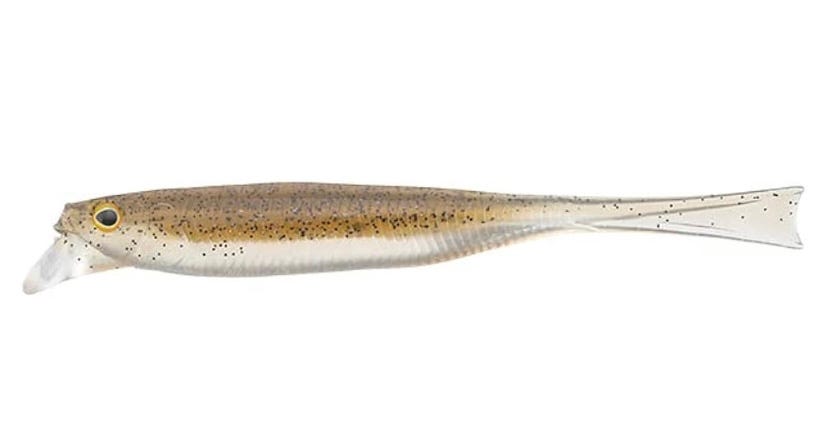The maritime rule of salvage has its origin in Roman law, which dictates that one who preserves or improves upon the misplaced property of another is owed compensation, even if the service was not requested. Let’s get out the internet trawler and get to work…
🎙️| Saltwater Euphoria Pod - Travel Fishing with Elliot Stark —> Capt Ricky Wheeler talks to Elliot Stark about his book called "The Book on Travel Fishing" along with lots of stories from his career of travel fishing, writing about fishing for magazines, and conservation efforts with Bass Pro Shops.
🎙️| Surfcast Pod - Gear Recommendation Volume 2 —> Jerry and Toby sit down to share some cool new products they've been using this fall, as well as beloved products they've been using for years.
🎥 | How to Read the Surf —> Come for a fishing tutorial, leave with a degree in oceanography. A nice refresher for those further south that are gearing up for the last push of migratory Stripers.
🎥 | Bugatti Reef GTs —> ‘Good as it gets’ footage of big GT eats on crystal clean reefs.
Fishing Reports | OnTheWater - FishermanMag - HullTruth - MAFishReport
Looking for a tackle recommendation? Try GearSay, the first generative AI search tool specifically tailored to helping you find specific gear for a specific purpose. Type in a question, a set of parameters, or just copy & paste a block of text from a fishing report to get instant results. The more detailed you are about your target species, location, season, and pattern, the better your feedback.
The Mid-Strolling Technique from Japan (JPNFishTackle) - “Mid-strolling is one of the more popular finesse techniques in Japan. Mid-strolling is when the angler attaches a soft-plastic to a jig head and swims it slowly through the middle depth of an area to search it for scattered Bass. Great when used in unison with fan casting, Mid-strolling uses a slack line (loose tension of the line) and shaking of the rod tip to make the soft-plastic roll softly. In addition to the action produced when rolling, Bass in the middle layer can also be tempted by flashing the bait by twitching the rod. Also, because it uses a realistic soft-plastic, Mid-strolling is a great way to induce reaction strikes. It’s notable that finesse fishing can target middle layer of Bass that might not otherwise be tempted with hard lures.”
Fishing For Monster Snook: Where and How to Catch a 40-Incher (FLSportsman) - “During the annual mullet migrations along the east coast, the big fish will be out on the beaches feeding among the tarpon, sharks and king mackerel slamming the bait anywhere from right against the beach to a half-mile out. The fall peak is typically September and October, while in spring prime time is March and April. All the inlets from Sebastian’s southward have lots of big fish, with St. Lucy and Jupiter among the standouts. Government Cut in Miami is another big fish producer. There are also fair numbers of large fish on the Gulf Coast that head well offshore to reefs and wrecks—divers sometimes report schools of large snook on wrecks 10 miles out or more. Small wrecks in Florida Bay also produce big fish.”
What We’re Throwing in October for Bass (Wired2Fish) - “The lipless crankbait is pretty synonymous with fall bass fishing. In October, bass are scattered anywhere from a foot of water out to 20 or more. And there’s no other bait really that can traverse this vast expanse of the water column as well as a lipless crankbait. Where ½- and even ¾-ounce Rat-L-Traps, Red Eye Shads and other lipless crankbaits really shine in the early spring and pre-spawn season, you’ll often find a ¼-ounce lipless to be the most productive in the fall. While you can certainly still catch bass on a ½-ounce trap too, dropping down to a ¼-ounce lipless will better mimic the bait usually and give you the best chance to catch more fish, while still luring in big bites as well.”
Evaluating the Conservation Benefit of Circle Hooks for Striped Bass (AFS) - “We used acoustic telemetry to monitor the fate of Striped Bass that were recreationally caught with baited hooks (n = 349) and to estimate the influence of various biological (fish size), fishery (fight time, handling time, hook location, bait type, and hook type), and environmental (water temperature and air temperature) variables on post-release survival. Contrary to expectations, the circle hooks used in this study did not result in lower release mortality than conventional J-hooks.”
Tackle Junkie: Baits That Make You Go Hmmmm
Stack Tackle Screwy Head Jigs —> A potentially revolutionary jig system in the making? Some surfcasting applications immediately come to mind, in terms of adjusting to large current swings or depth changes when switching spots.
Little Jack Prototype Popper —> One of the most realistic takes I’ve ever seen on a popper-style lure. I’m not sure how the broom-style tail material will impact the action, but I’d venture to say it adds to a very unique hatch-matching silhouette.
Realis Dead Drift 95 —> Not sure how adaptable this bait will be overall, but the red accenting is a pretty unique touch that I might have to DIY on a few wooden plugs for night-time and low-light topwater applications.
Jackall Driftfry Mellow 5.2 —> A bait taylor-made for the mid-strolling technique in a slightly larger profile that could prove saltwater applicable (especially in a sandeel pattern).
Savage Gear Soft Shine Glide —> A new line-thru offering in the growing ‘soft glide’ segment, with a killer herring/shad pattern that I couldn’t help but add to the swimbox bag.
Thanks for reading The Weekly Salvage, until next week!
Have feedback or want to learn more?
Reach out to us on IG @Blowin_We_Goin


